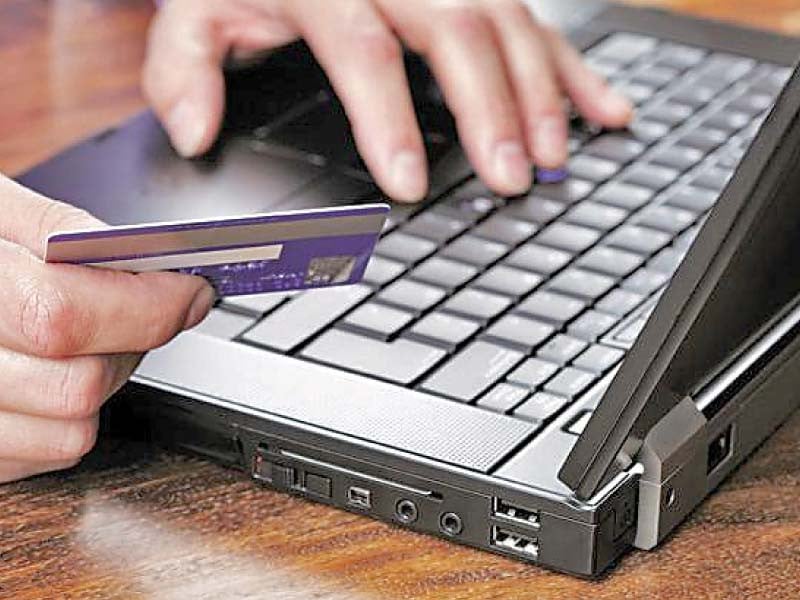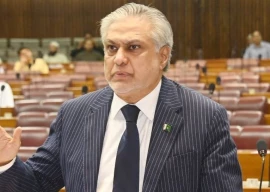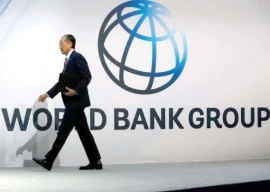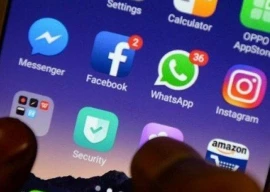
The traditional cash-based payment method in Pakistan has largely shifted to the digital mode, as financial transactions via internet and mobile banking through the ATM machines increased significantly, while the number of cash-based transactions dipped in the quarter ended March 31, 2022.
Technically, money transactions through the ATM machines are categorised as online banking. People, however, mostly use them to withdraw cash and make transactions in paper currency.
The number of plastic payment cards, however, dropped 3% to 47.18 million in the quarter under review, compared to 48.66 million in the previous quarter ended December 31, 2021, the central bank reported in its latest quarterly report titled “Payment Systems Review” on Thursday.
Similarly, the number of transactions for e-commerce decreased by one-third to 9.1 million in the January-March 2022 quarter, compared to 13.6 million in the previous quarter.
Besides, the State Bank of Pakistan (SBP) granted the Electronic Money Institutions (EMI) commercial licence to China Mobile Pakistan Electronic Commerce Company in the Jan-Mar quarter. With this, the number of commercial EMIs increased to three in the country.
Earlier, the central bank awarded the commercial licences to NayaPay and Finja to boost the number of mobile wallets and accelerate financial inclusion in the country.
The report said people made financial transactions worth Rs2.90 trillion through internet banking and another Rs3.08 trillion through mobile banking, while the value of transactions through the ATM machines was recorded at Rs2.43 trillion in the quarter ended March 31, 2022.
ATM machines used to remain the main mode of banking till the first quarter of current fiscal year, as the value of financial transactions through the ATM machines stood at Rs2.15 trillion, compared to Rs1.89 trillion through internet banking and Rs2.16 trillion through mobile banking.
During the quarter, a slight decline of 2.9% in the volume of paper-based transactions was observed, while its value remained almost at the same level, posting only 0.6% growth over the previous quarter.
“The reason for the decline in volume can be inferred as an increase in the usage of digital channels by customers,” the SBP report said.
“People have apparently become well conversant with online banking after having good experience of the system during the Covid-19 pandemic,” SI Global CEO Noman Ahmad Said told The Express Tribune.
Secondly, the banks have made huge investment in improving their digital infrastructure. In addition to that, financial institutions have continued to add new products and services through the digital banking, he said.
In terms of the number of transactions, however, the banking through ATMs maintained the lead as people conducted 171.3 million transactions through ATMs, compared to 38.3 million through internet banking and 101.5 million through mobile banking.
The uptake in e-banking was mainly spurred by 7.6 million internet banking users, which recorded a growth of 10.6% on quarter-on-quarter basis.
However, a decline of 1.2% was witnessed in mobile banking users “as a financial institution shifted its old mobile banking platform to a new platform and in the process, it unregistered all those users from its database, who never availed of the service in the old platform,” the SBP said.
The central bank further said that the reason for 3% decline in plastic payment cards is discontinuation of magnetic stripe/ non-EMV cards from January 2022 to comply with the regulatory directives in order to curtail the risk of card skimming.
The SI Global CEO was of the view that the central bank’s reason for the drop in plastic cards did not fully elaborate the story. “It seems many people would have defaulted on credit card repayment as the country is experiencing economic meltdown and financial crisis for the past one year or so.”
Secondly, a couple of Pakistani banks have faced cyber theft in the recent past in which plastic cards data has been misused. “This awful experience may also have led many people to discard their plastic cards,” he said.
Overall, a major portion of cards comprise debit cards (62.3%) with a slight decline in its share on a quarter-on-quarter basis. Social welfare cards have a share of 23.3%, while ATM-only cards have 10.3%, credit cards 3.7% and prepaid cards 0.3%.
The number of social welfare cards and credit cards also dropped in the quarter.
Published in The Express Tribune, June 17th, 2022.
Like Business on Facebook, follow @TribuneBiz on Twitter to stay informed and join in the conversation.


1731914690-0/trump-(26)1731914690-0-165x106.webp)



















COMMENTS
Comments are moderated and generally will be posted if they are on-topic and not abusive.
For more information, please see our Comments FAQ